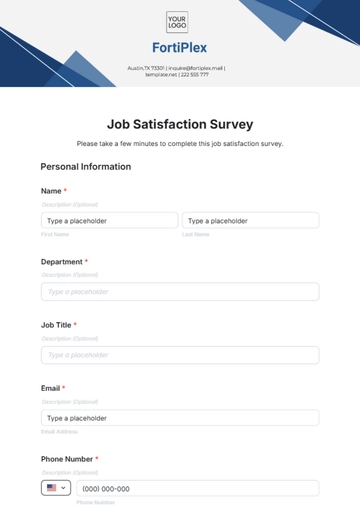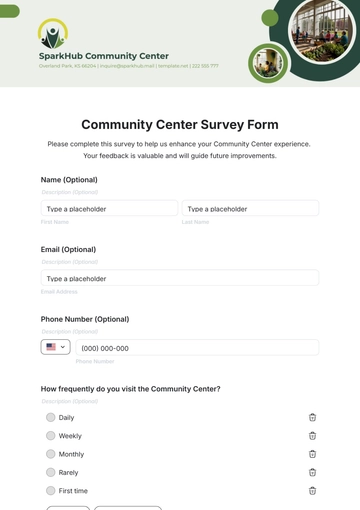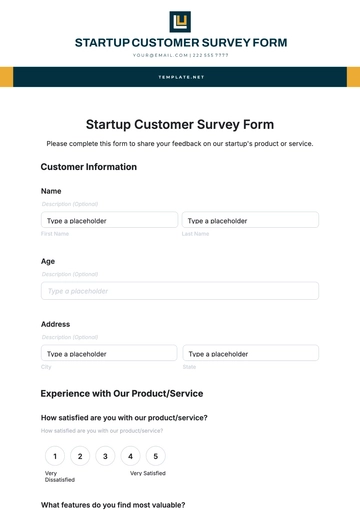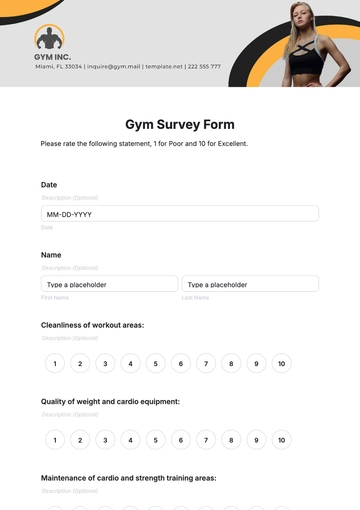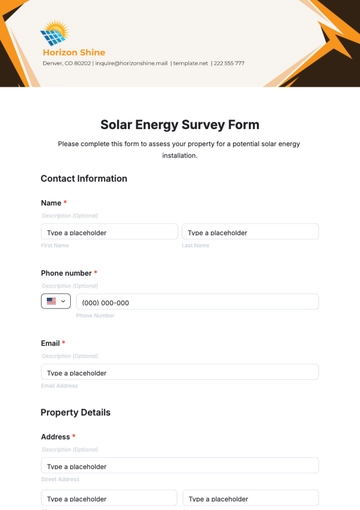Academic Survey Report
Introduction
This report presents the findings of an academic survey conducted to assess the educational preferences and challenges faced by students in a university setting. The study aims to gather insights on various aspects of academic life, including course satisfaction, teaching methods, and resource accessibility.
Methodology
The survey was distributed to a random sample of undergraduate and graduate students within the university. A total of 500 students participated, ensuring a broad representation across different disciplines and year levels. The survey comprised both quantitative and qualitative questions, allowing for a comprehensive analysis of student experiences.
Survey Design
Questionnaire: Consisted of 40 questions, including multiple-choice, Likert scale, and open-ended queries.
Distribution: Conducted via an online platform over a period of four weeks.
Response Rate: Achieved a 68% response rate, indicative of strong student engagement.
Data Analysis
The data collected was analyzed using statistical software to identify trends and correlations. Qualitative responses were coded and categorized to highlight common themes and unique insights.
Findings
Course Satisfaction
Overall, students expressed moderate to high levels of satisfaction with their courses. Key factors influencing satisfaction included the relevance of course material, the competence of instructors, and the clarity of course objectives. However, some concerns were noted regarding the workload and assessment methods.
Table 1: Course Satisfaction Ratings
Aspect | Very Satisfied | Satisfied | Neutral | Dissatisfied | Very Dissatisfied |
|---|
Course Material | 35% | 40% | 15% | 7% | 3% |
Instructor Competence | 50% | 30% | 10% | 5% | 5% |
Course Objectives | 40% | 35% | 15% | 5% | 5% |
Teaching Methods
Students showed a preference for a blended learning approach that combines traditional lectures with interactive sessions. Many highlighted the effectiveness of group projects and discussion-based classes in enhancing understanding and engagement.
Blended Learning: 70% of students recommend incorporating more online resources and interactive elements.
Group Projects: 60% believe group projects improve collaborative skills and deepen comprehension.
Discussion-Based Classes: 55% find these classes more engaging and enlightening.
Resource Accessibility
Access to academic resources such as libraries, online databases, and laboratories was generally rated as satisfactory. However, some students reported difficulties due to limited availability of resources during peak times or high demand periods, particularly for laboratory access.
Challenges Faced by Students
Workload: 45% of students reported feeling overwhelmed by the volume of assignments and exams.
Time Management: 40% struggle with balancing academic responsibilities with part-time jobs and extracurricular activities.
Mental Health: 35% indicated that academic pressure has a negative impact on their mental well-being.
Conclusion
The survey results provide valuable insights into the academic experiences and challenges faced by students. To enhance student satisfaction, it is recommended to continue developing blended learning environments, offer additional support for workload management, and ensure equitable access to resources. By addressing these areas, universities can improve educational outcomes and support student well-being.
Recommendations
Enhance the integration of technology and interactive elements in course delivery.
Increase the availability of academic resources during peak periods.
Implement workshops on time management and stress reduction techniques.
The findings of this report aim to guide academic institutions in making informed decisions to foster a more supportive and efficient learning environment for students.
Report Templates @ Template.net












